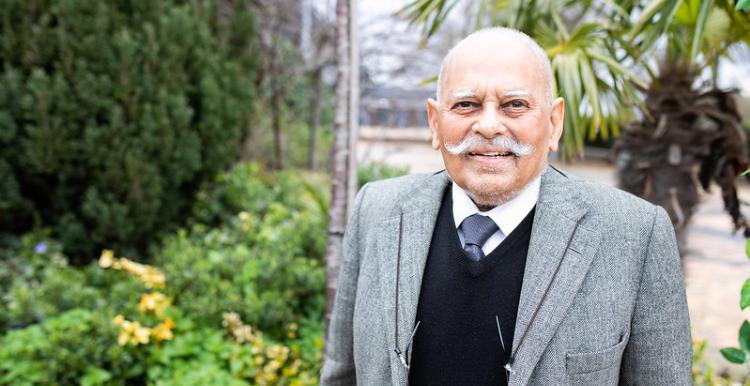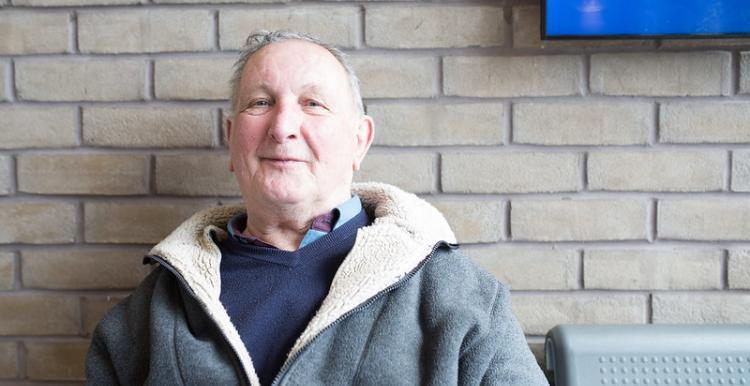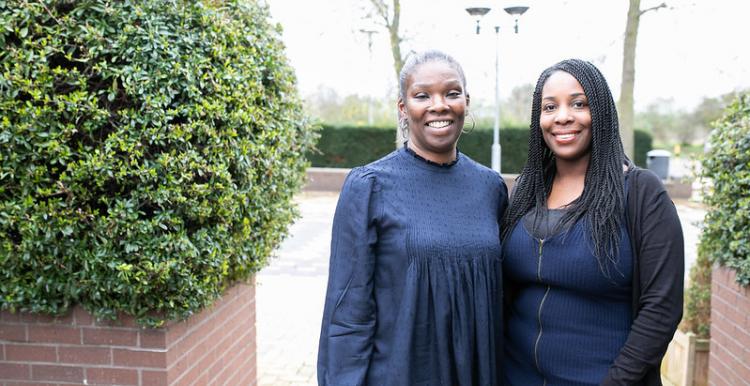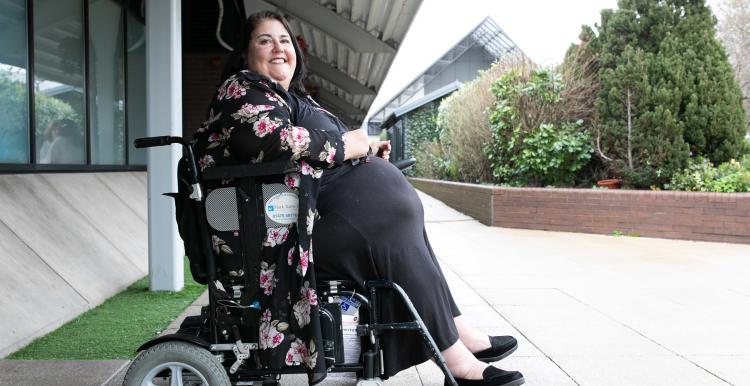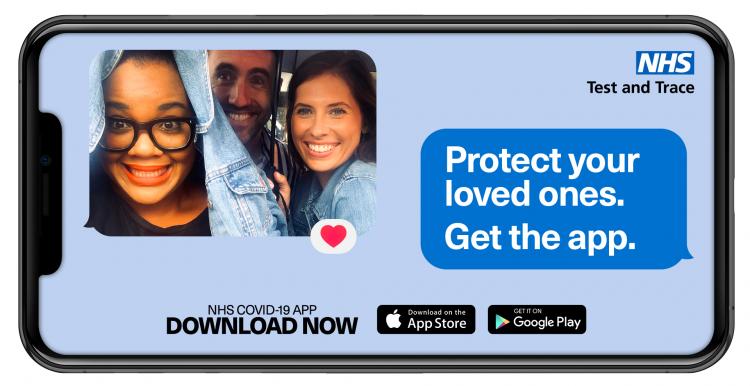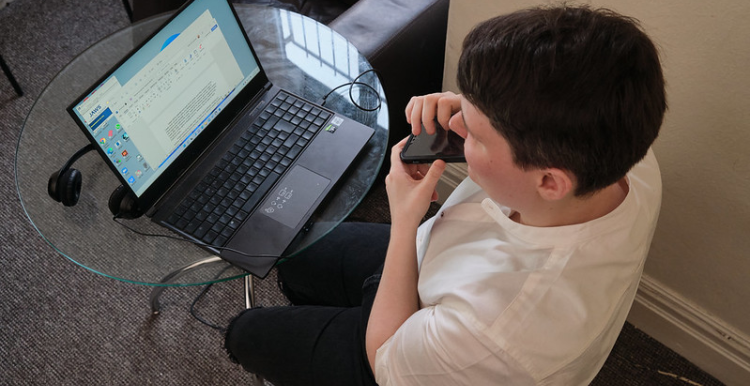About this resource
The NHS COVID-19 app is part of our large scale coronavirus (COVID-19) testing and contact tracing programme. The app has been launched to help notify users if they have come into contact with someone who tests positive for COVID-19.
The app allows people to report symptoms, order a coronavirus test, check in to venues by scanning a QR code and it helps the NHS trace individuals that have coronavirus.
The app does this while protecting the user’s anonymity. Nobody, including the government, will know who or where a particular user is.
This guidance sets out further information to help local Healthwatch support the campaign which aims to encourage as many people as possible to download and use the NHS COVID-19 app.
About the app
Why is the app important?
Every person who downloads the app will be helping in the fight against coronavirus (COVID-19).
To use the app you need to be aged 16 years or older, live in England or Wales and own a compatible Apple or Android smartphone that has Bluetooth switched on.
Benefits
- The app helps trace app users who have spent time near other app users, who they may not personally know, and who later test positive for coronavirus.
- The “Check-in” feature supports this functionality by anonymously alerting users who have been at the same venue at the same time.
- App contact tracing reduces the time it takes to alert those who have been in close contact with someone who has COVID-19.
- The app will help the NHS understand where and how quickly the virus is spreading, so it can respond.
Six key features
- Trace - Get alerted if you have been near another app user who has tested positive for COVID-19
- Alert - Lets you know the level of COVID-19 risk in your postcode district
- Check-in - Get alerted if you have visited a venue where you may have come into contact with COVID-19
- Symptoms - Check if you have COVID-19 symptoms and see if you need to order a free test
- Test - Helps you book a test and get your results
- Isolate - Keep track of your self-isolation countdown and access relevant advice
Privacy
The app will not track you or your location. Instead your postcode district helps the app work out where the virus is spreading.
When you first download the app, you will be asked for your postcode district. Your postcode district is the first part of your postcode, which is common to about 8,000 other households.
The app will not hold any personal information. It cannot be used to access a user’s identity or any other information on a user’s phone. All users can delete the NHS COVID-19 app at any time and this will also delete all data stored on app.
Common questions
NHS Test and Trace have produced an introduction to the NHS COVID-19 app which provides further information on why the app is important, how it works, how privacy is protected and other common questions.




